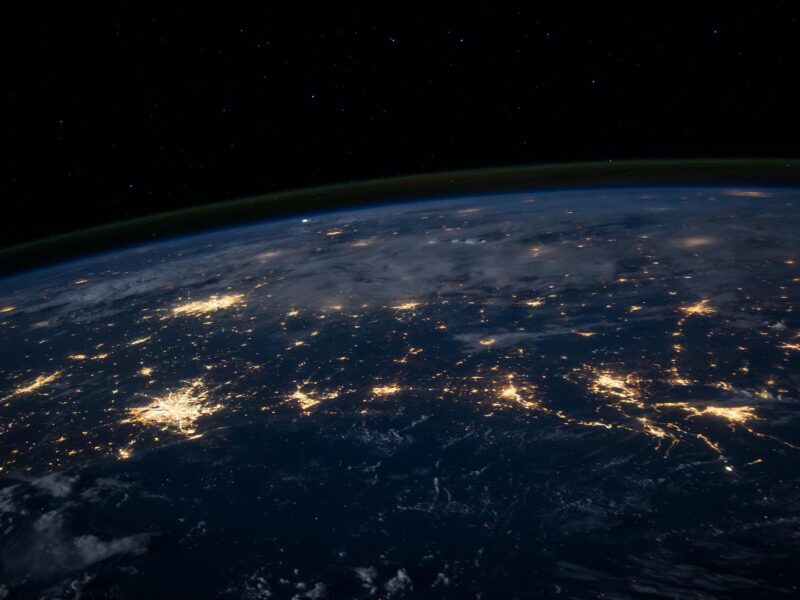This week, the Court of Justice of the European Union (CJEU) ruled that an unauthorized re-post of a copyright protected photograph should be seen as an act of communication to the public within the meaning of article 3 (1) of Directive 2001/29/EC (the InfoSoc Directive).
In 2009, a student from a school in Germany took a photograph representing a city view of Cordoba from the internet and used it to illustrate a school project regarding Spain. The presentation was put online on the school website.
The right holder of the photograph started a proceeding claiming that the image had been used without his consent resulting in infringement of his copyright (reproduction right and communication to the public).
After an appeal against the decision of the Oberlandesgericht Hamburg, the tricky question referred to the CJEU by the Bundesgerichtshof was the following:
“Does downloading the photograph of Cordoba from a publicly accessible website, subsequently including it in a project and uploading the presentation on the school’s website fall within the concept of Article 3 (1) of the InfoSoc Directive and does this act of communication constitute a making available to a ‘new’ public?”
The Advocate General in his Opinion referred to the Painer case to find that a photograph can be protected by copyright if it is an intellectual creation of the author reflecting his personality and expressing his free creative choices in the production of that photograph.
In his reflection on the concept of communication to the public assessing the act of communication, the target public and evoking the non-commercial purpose of the school project, the Advocate General found that the inclusion on a school’s website of a photographic work being part of an educational work does not constitute a making available to the public. The disputed image was freely available to any internet user free of charge and it already appeared on the internet portal magazine with no restrictions on use. There was no profit motive from the school and the source (the website, but not the professional photographer) was cited.
The CJEU in its decision of this week did not follow the reasoning of the Advocate General: an exhaustion rule can not be applied to the right of communication of the author.
The posting on a website of a photograph, freely accessible on another website with the consent of the author, requires a new authorization by that author.
Re-posting constitutes a new act of communication to the public.
The Court confirms by its broad interpretation of the InfoSoc Directive that the high level of protection for authors on their work is not diminished on the internet.
Relevant case law regarding the right of communication to the public:
- Renckhoff: C-161/17: Darts reference: C-161_17_20180807
- Stichting Brein: C-610/15: Darts reference: C-610_15_20170614
- AKM: C-138/16: Darts reference: C-138_16_20170316
- Soulier and Doke: C-301/15: Darts reference: C-301_15_20161116
- GS Media: C-160/15: Darts reference: C-160_15_20160908
- Svensson: C-466/12: Darts reference: C-466_12_20140213
- Painer: C-145/10: Darts reference: C-145_10_20111201





